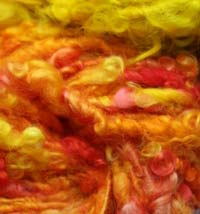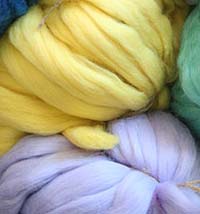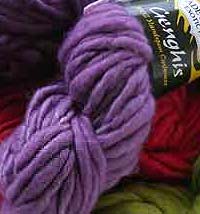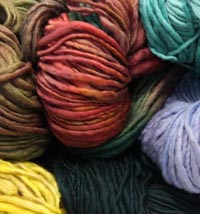HANDSPUN + THICK & THIN YARNS
WORSTED/VARIEGATED WEIGHT HANDSPUN
CHUNKY + BULKY WEIGHT HANDSPUN
HANDSPUN Yarns at Fab
We select handspuns based on their personality—these are yarns that inspire us with their tactile beauty and organic elegance. From classics like Jade's Handspun Mongolian Cashmere to new handspuns from Soul Wool, and Brown Dog Fiber Arts, spun right here in New York. Get inspired! Even if you have too many projects on the needles they are just as beautiful sitting around in a bowl on the table as they are knitted up.









